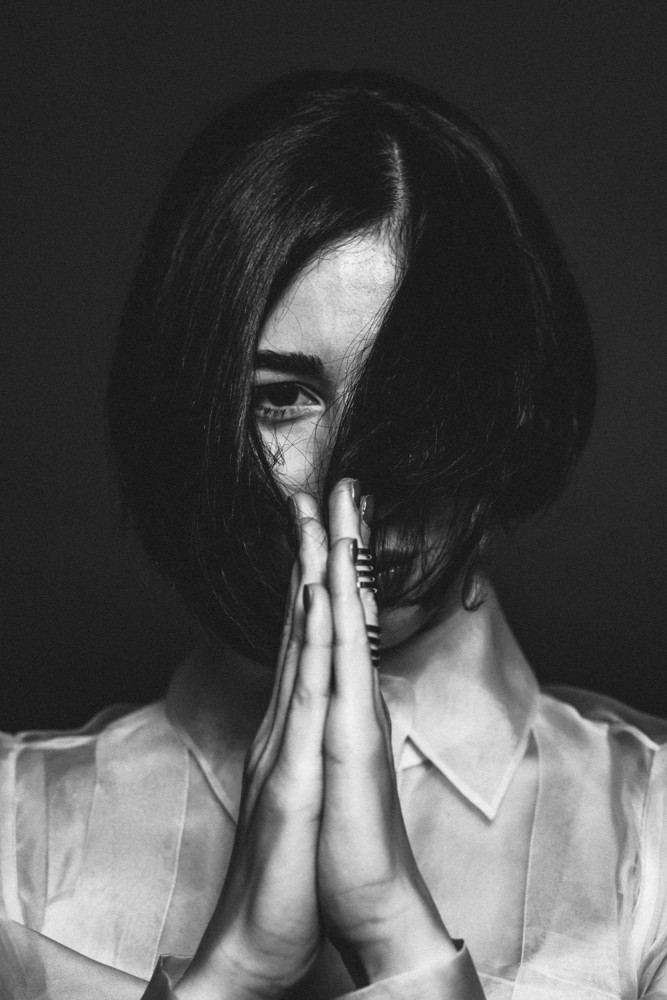
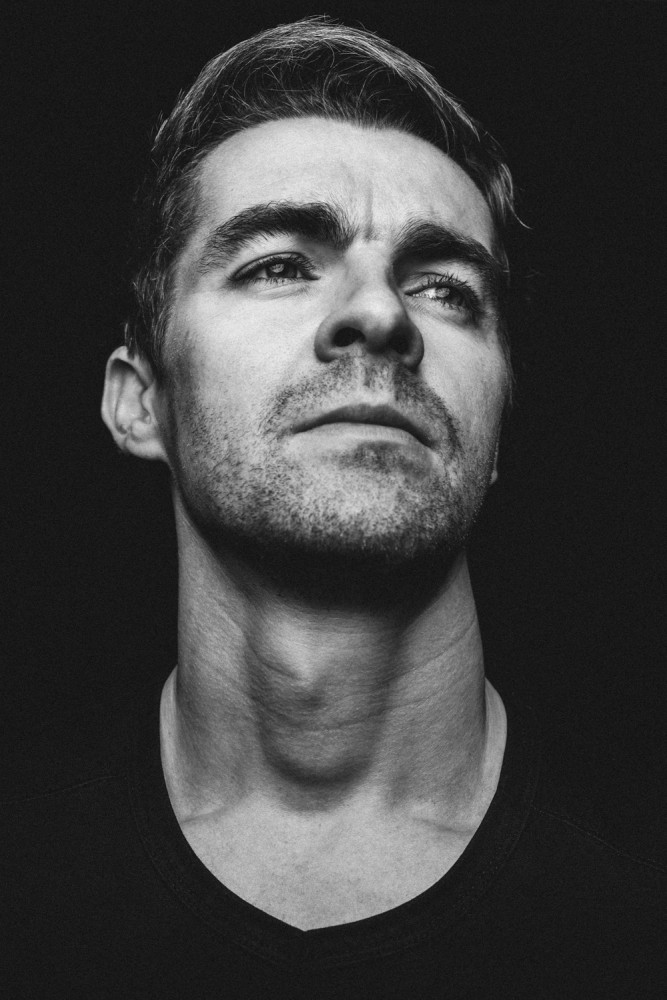
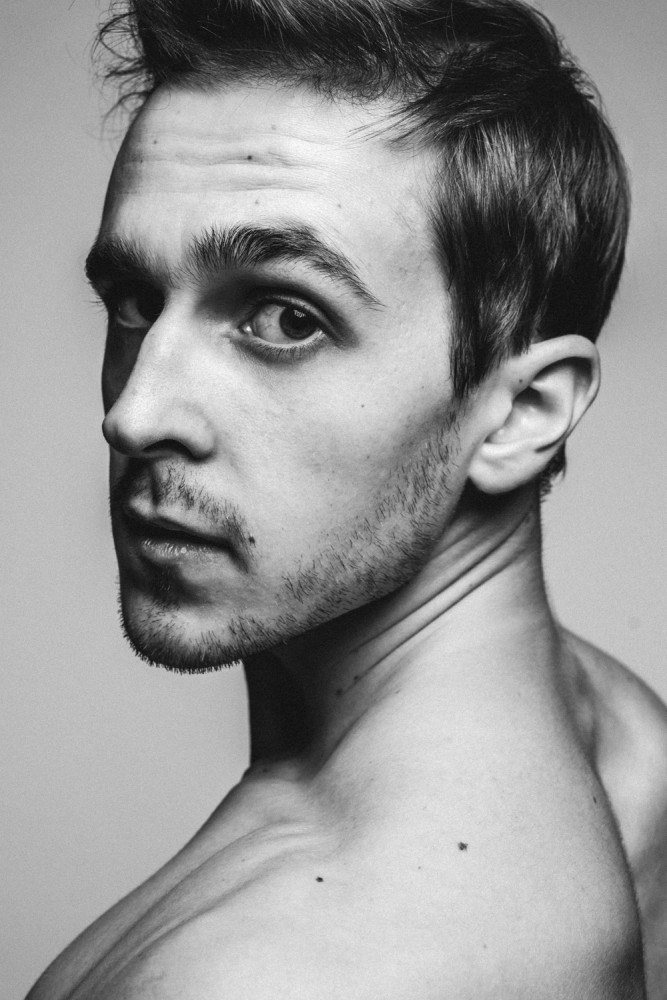
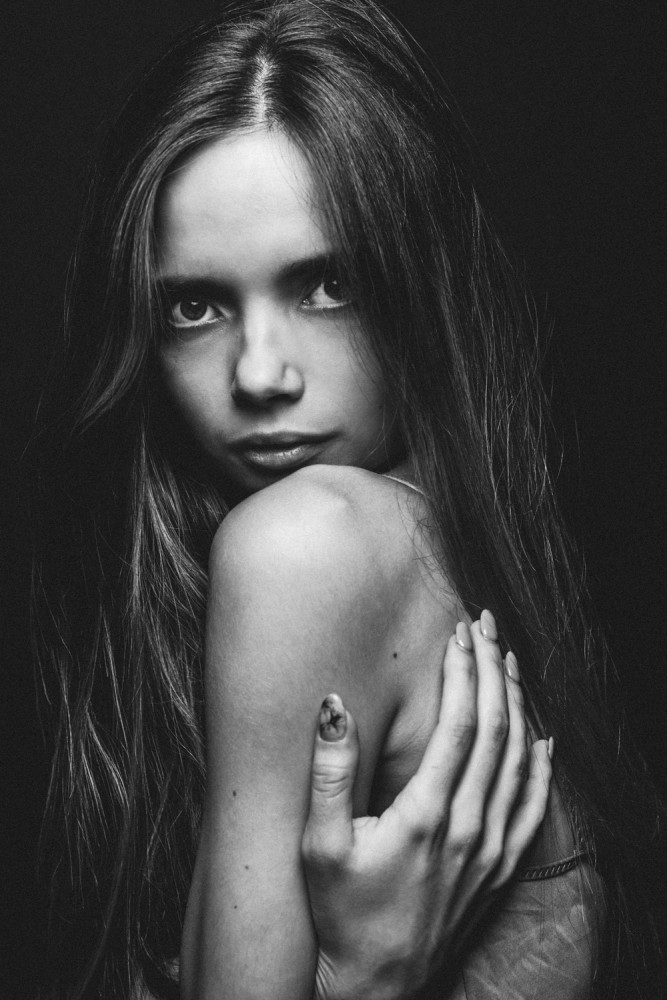
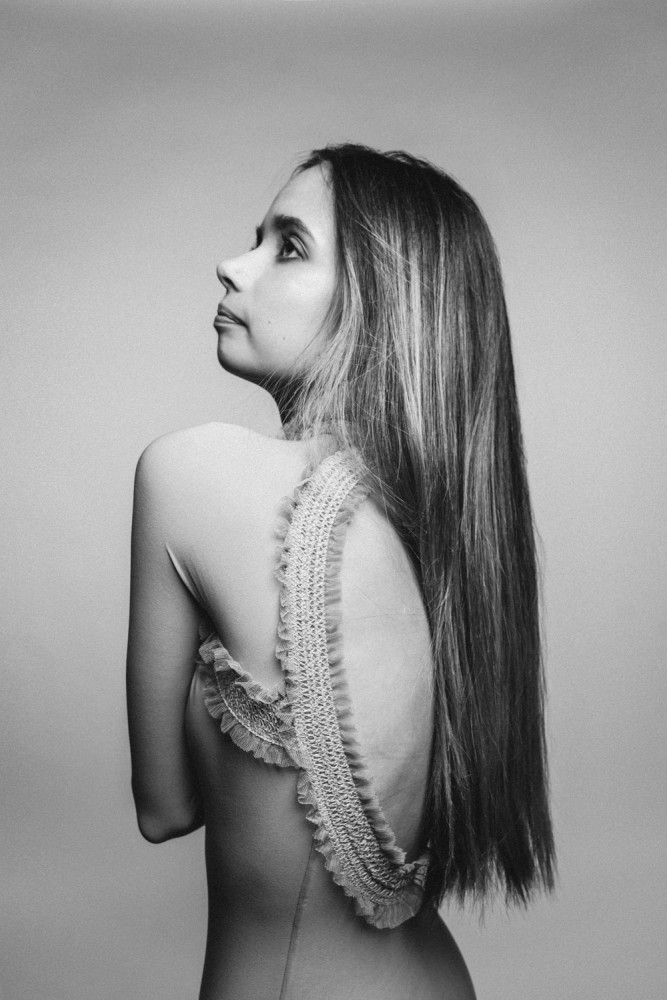
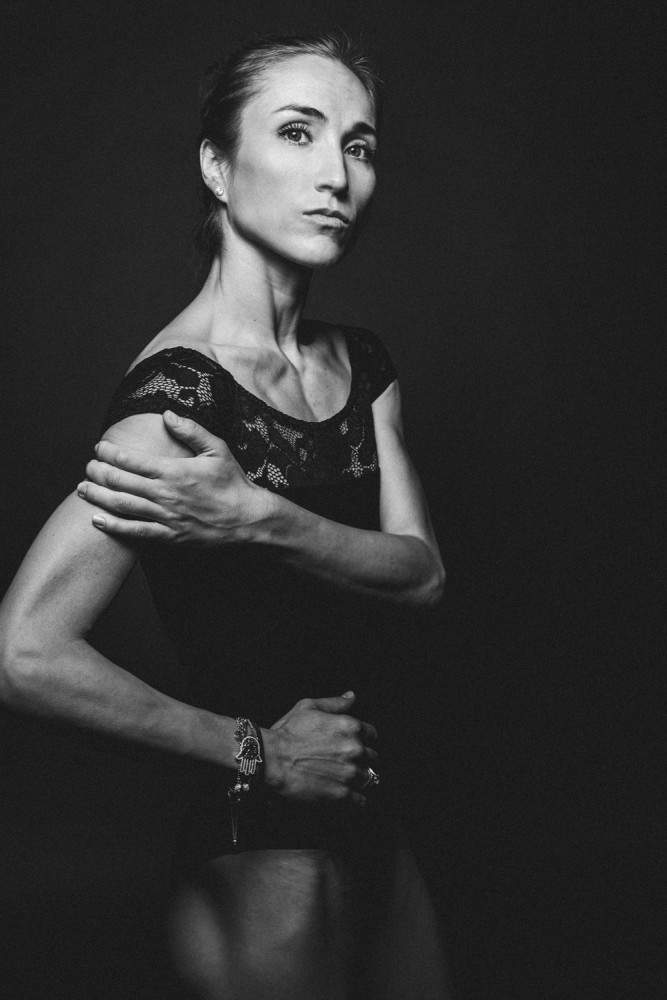
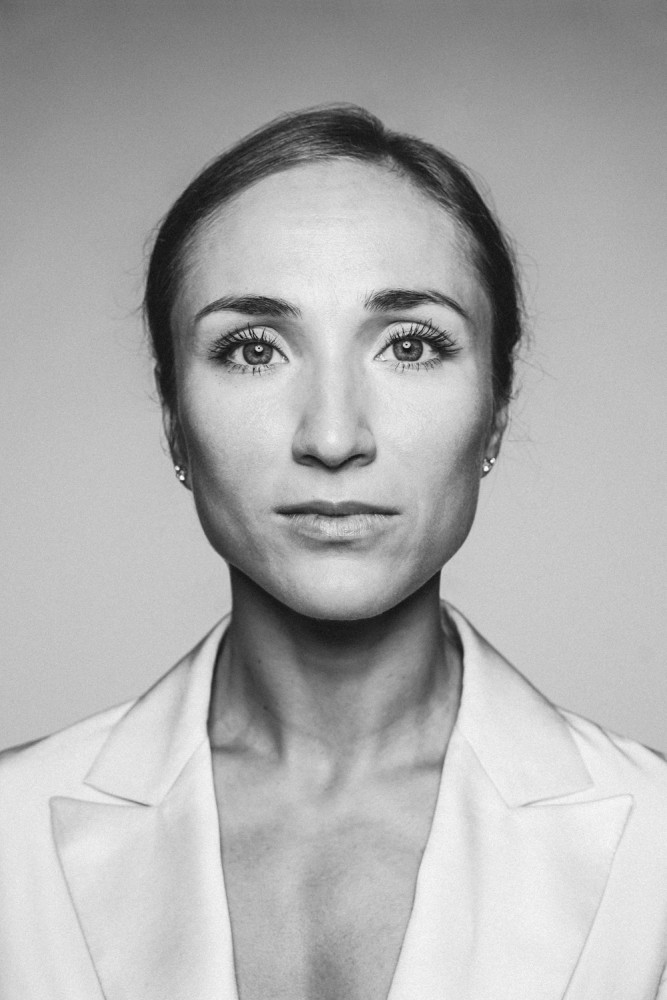
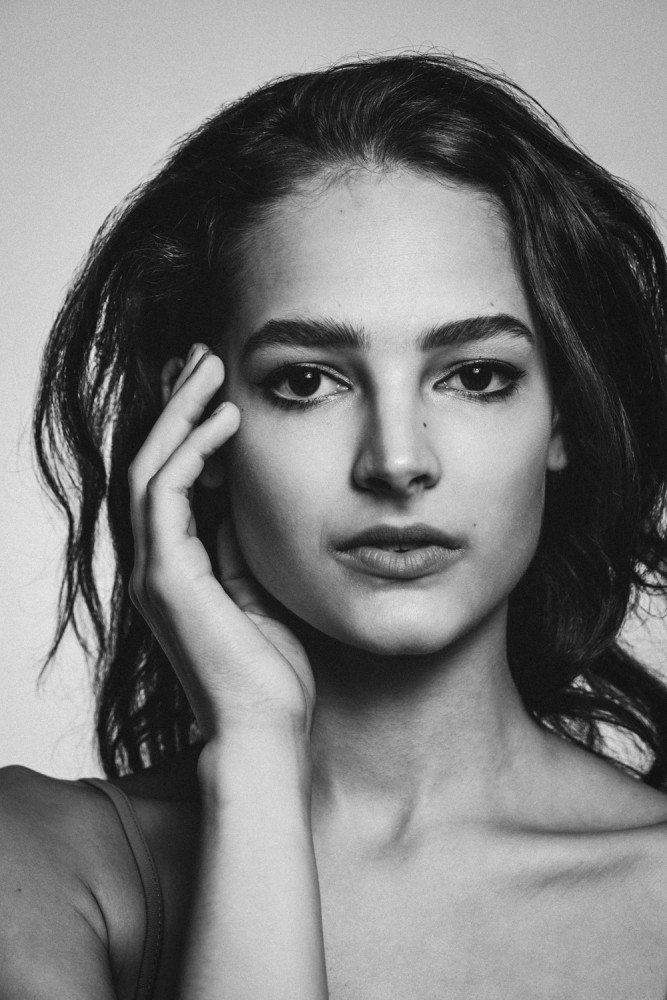
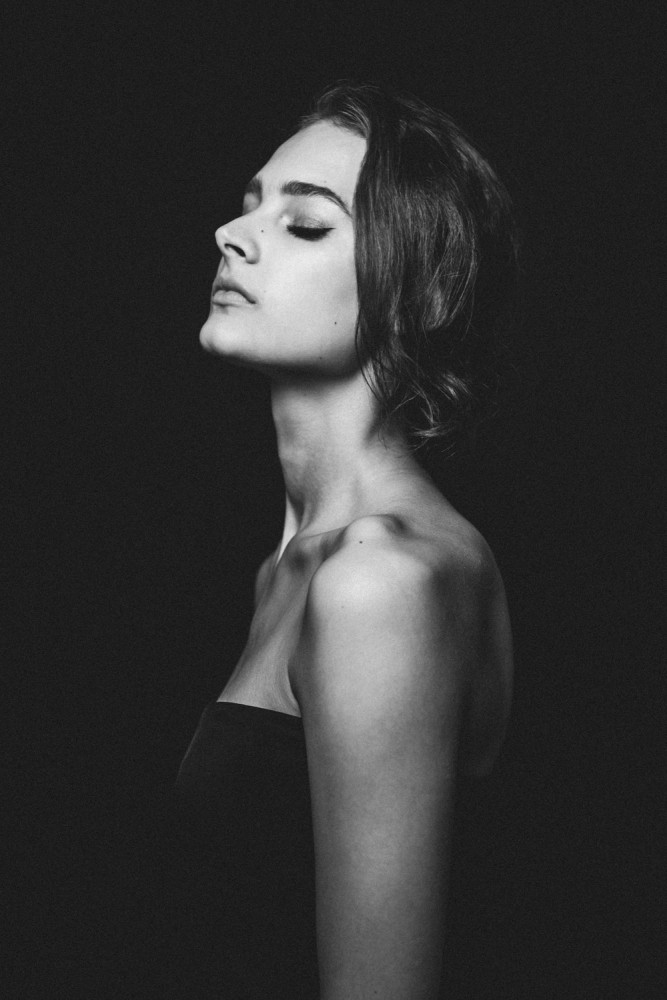
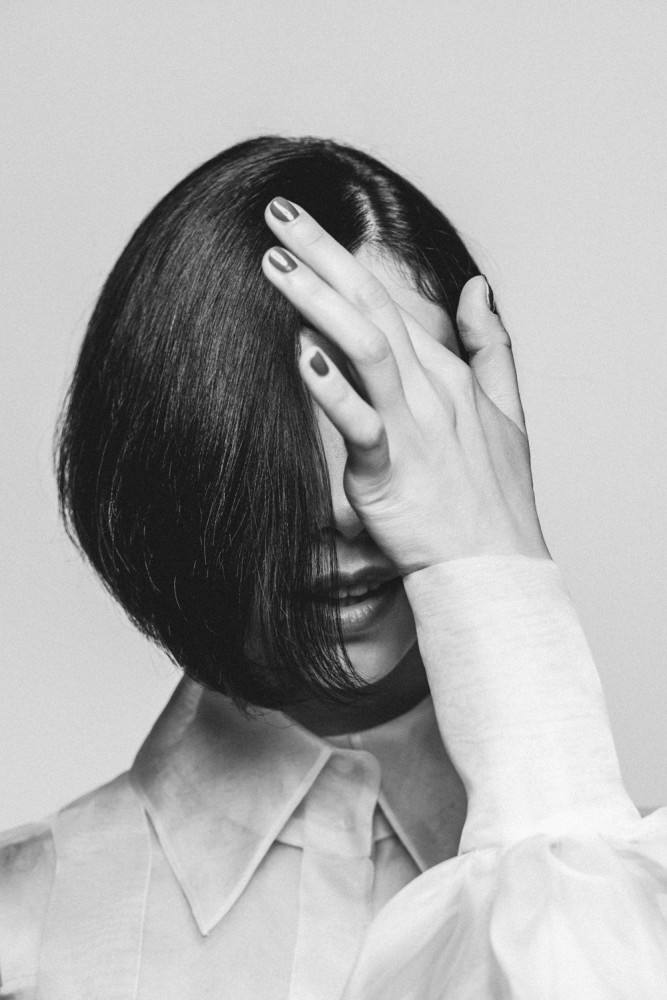
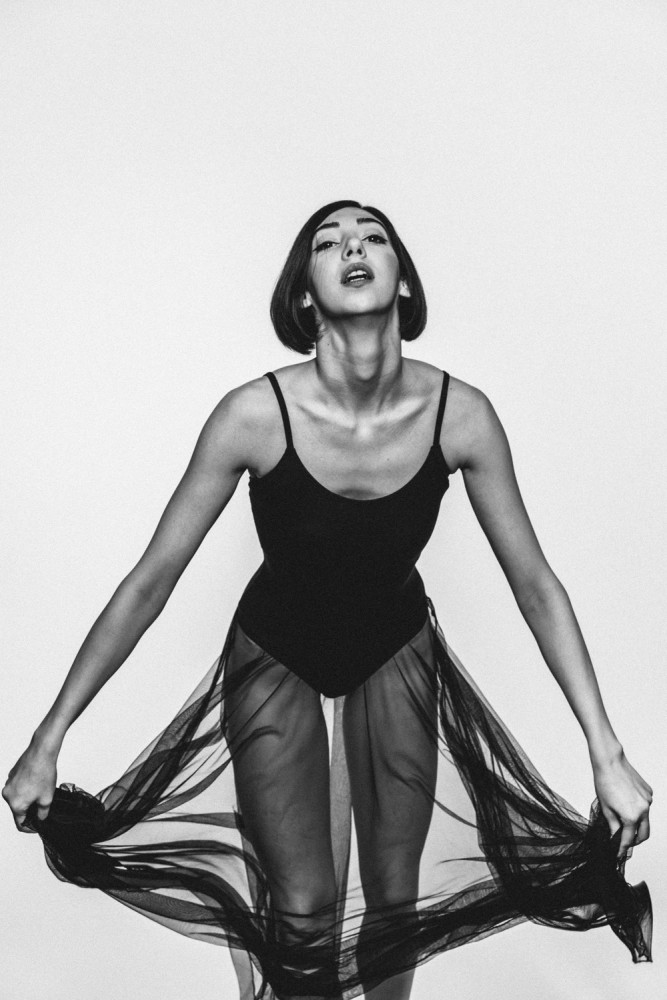
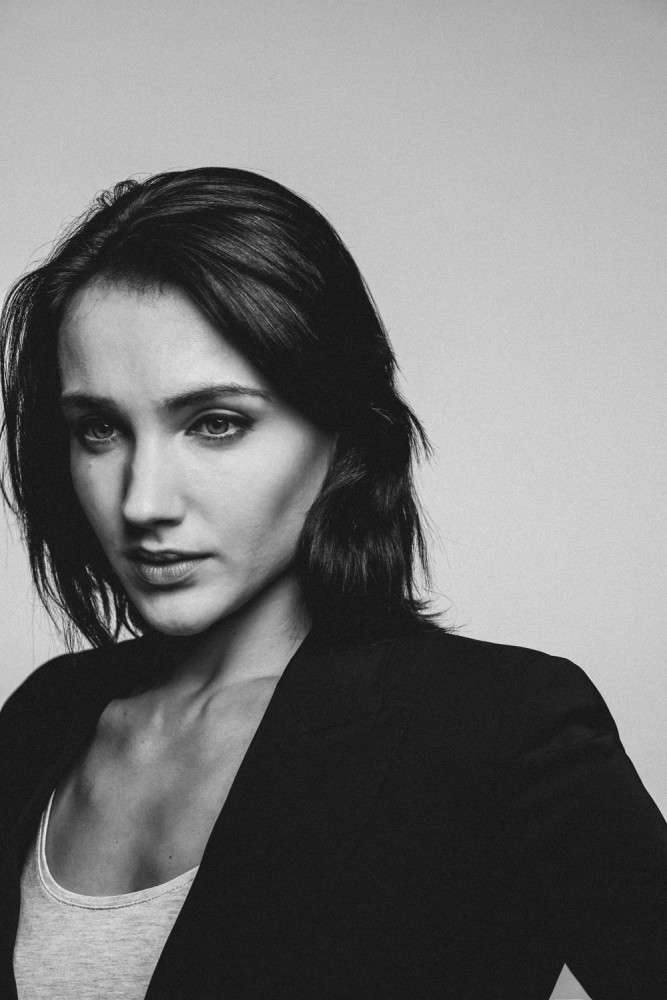
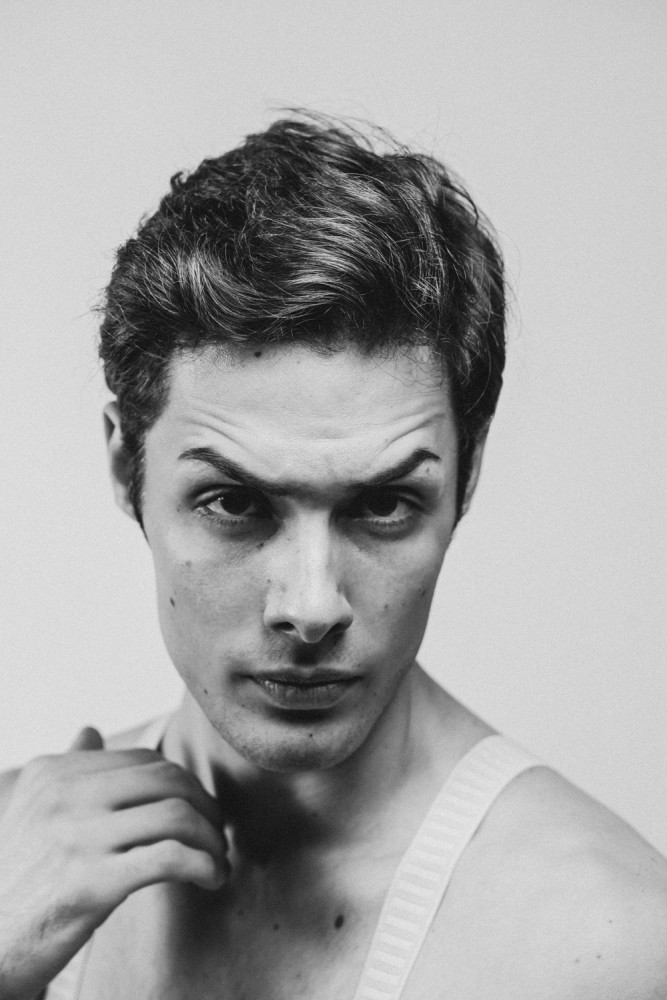
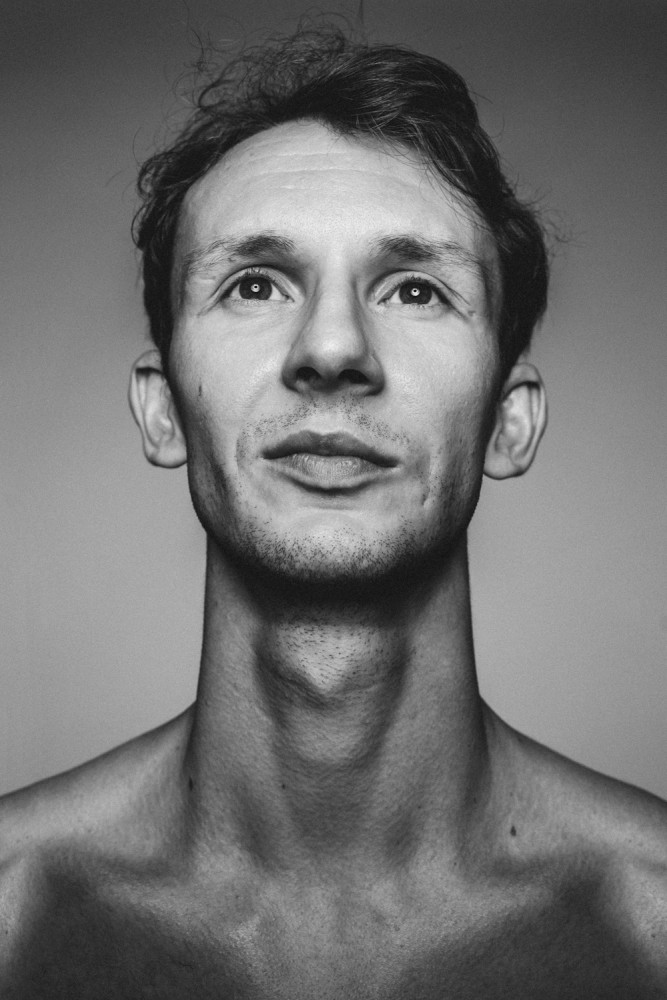
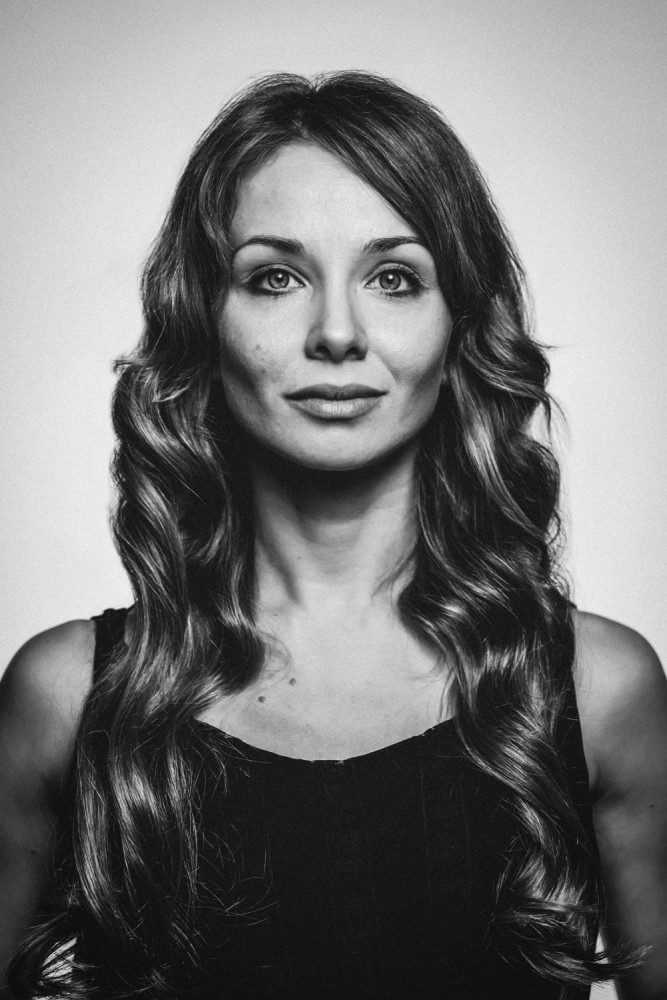
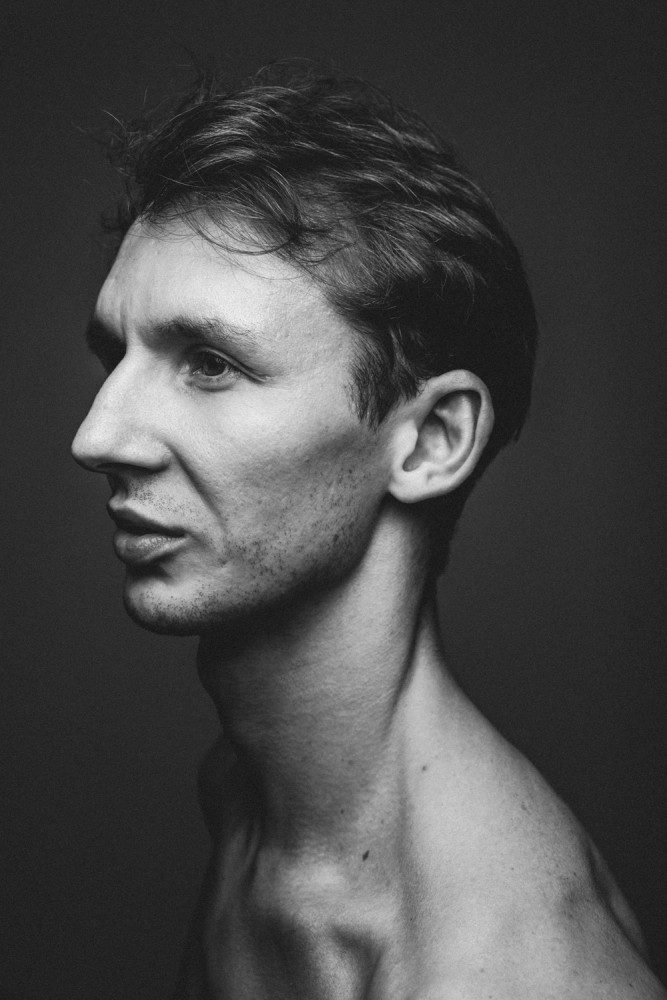
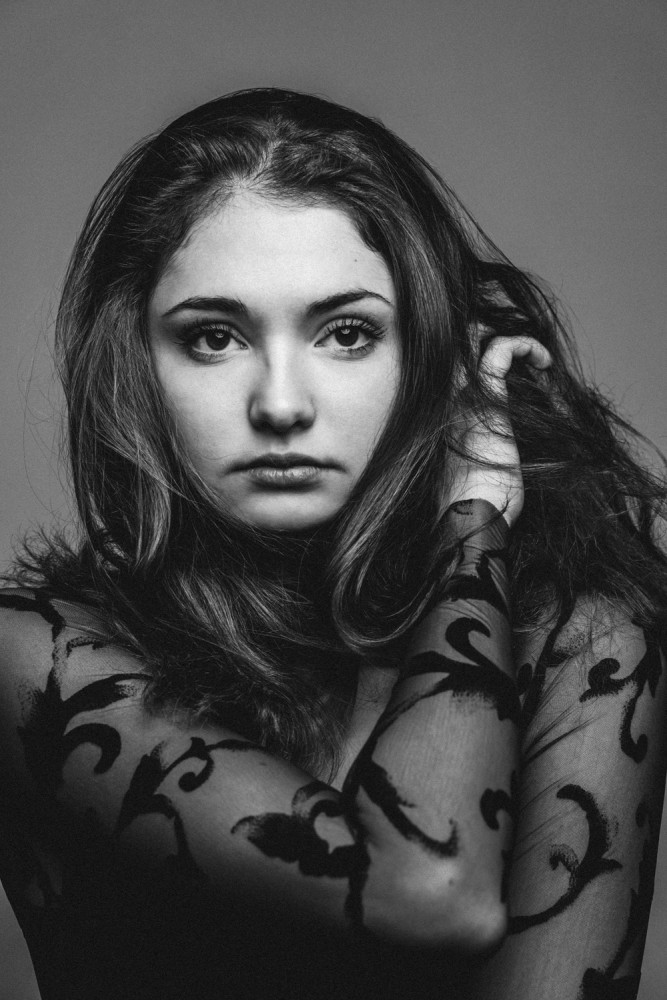

















INTERVIEW
Elen Pavlova
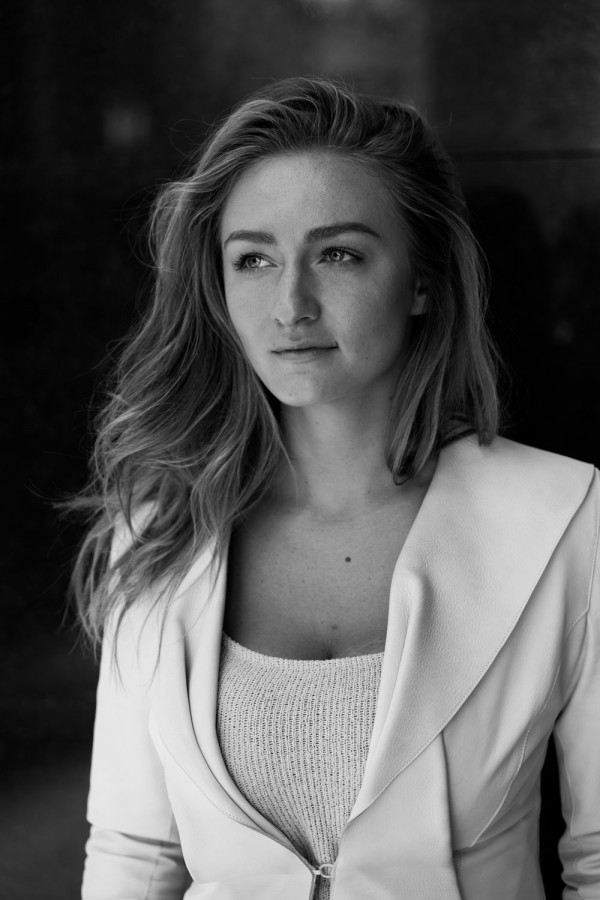
Photography Elen Pavlova Camera: Leica SL with Vario-Elmarit-SL 24–90 f/2.8–4 ASPH.
The Bolshoi Ballet in Moscow ranks among the most famous classical ballet companies in the world. Elen Pavlova has captured individual members of the high-calibre ensemble in powerful and expressive portraits. A conversation about beauty, dance, and the art of black and white photography.
How did you come up with the idea of capturing dancers in the form of portraits, as opposed to full-body images of them in motion?
I had heard so much about the Bolshoi Ballet, but I was aware that I knew very little about the dancers themselves – they were a mystery. This is a unified organism made up of 230 individuals. Russian ballet is famous all around the world, yet we know almost nothing about the people who make it what it is. My aim was to express the power of Russian ballet solely in the form of faces; I wanted to show the individuals within the organism, and allow their personalities to tell the story of the ballet. After all, dancers express themselves with their entire being – and they loved it!
How did you get in touch with the dancers, and how did they react when you approached them?
First of all, I had to ask myself: if there are more than 200 dancers at the Bolshoi Theatre, how do I choose which of them should feature in my story – what are my criteria? Do I only approach principal dancers and leading soloists? Would that be a true representation of the Bolshoi Ballet? In the end, I decided to leave it up to the dancers themselves: I started by sending a Facebook message to one of the girls. After our portrait session, I asked her who she felt I should photograph next; who, in her eyes, was the best dancer, the brightest star of the Bolshoi. And that’s how the series continued to evolve. My story became their story.
How did your protagonists respond to being photographed?
There were lots of different approaches. Some chose to open up about their personal lives and allow for a close connection right from the start. Others stayed very composed throughout the entire shoot. I was happy to follow their lead and simply let my photographs be their mirrors. They invited me into silence or conversation, and inspired me with their insights and thoughts on how you should always persevere and follow your life’s dream. Some put the music on and dance, some couldn’t stop dancing in silence. Everyone brought their own outfits and chose a make-up look that they liked.
How did the dancers feel about their portraits?
The reactions were quite varied. We all have certain ideas about how we want to present ourselves, so that the responses were largely based on whether the portrait reflected the models’ own vision of themselves.
What prompted you to shoot this series in black and white?
I wanted the pictures to be both meaningful and simple. In my experience, working with just two colours and some shades of grey can facilitate a very powerful and graphic aesthetic that cuts straight to the core meaning of an image – turning the portrait into a symbol.
Your images have a very powerful and expressive quality…
For me, beauty is borne out of the moment in which I truly see another person’s soul. When this happens, everything I’m feeling in that instant is channeled into the image I am creating. When inner connect with what person express, this honesty is what i look for, to make beautiful portraits. In order to achieve this, I have to be myself, and emanate that which I wish to receive. That’s the philosophy I try to follow both in my life and in my art. A graphic visual language also plays a vital part in composing a striking portrait: all lines should be connected. Studying the works of the world’s great painters and photographers has instilled me with a strong preference for this approach – that, and the teachings of my brilliant mentor, Anthony Suau.
How would you define the term ‘beauty’?
When we look at fine-art images, we don’t view beauty in the way society has primed us to. Instead, we have an emotional experience of the image – and that’s a very important aspect of my work. I want the viewer to connect with the person in the portrait; to be inspired by the simplicity of the images, to find themselves in the other person and take something away with them into their own lives.
What camera and lens combination did you work with for this series?
In order to create something beautiful, you have to carry a sense of beauty within yourself. A Leica is something you can buy, but the image you create springs from your own soul. I captured this series with the Leica SL and a Vario Elmarit SL 24-90 f/2.8–4 Asph – it’s all you really need: a simple, elegant design, quiet operation and the highest image quality. I love the 24-90mm for portrait projects, as it allows you to work with a single lens throughout, without the disruption of lens changes. That’s very important to me, because once I’m working, I like to focus all of my attention on the person in front of the camera. Working with a Leica allows you to turn from a photographer into an artist.
What do you have in mind for your next project? Will you continue to focus on the performing arts?
I now feel drawn to doing some colour work – I’m in the process of searching for my next topic and developing the artistic concept to make it a reality.